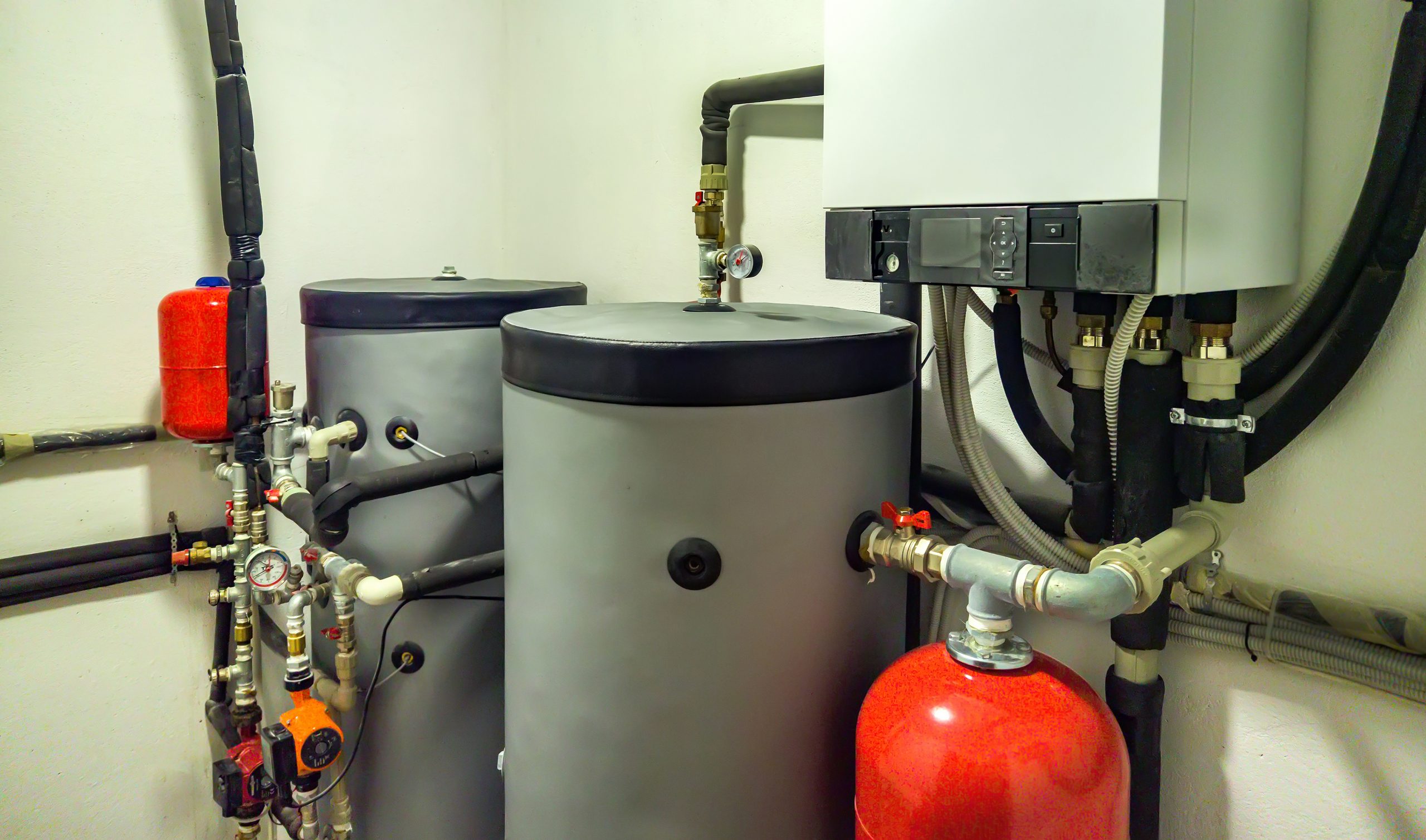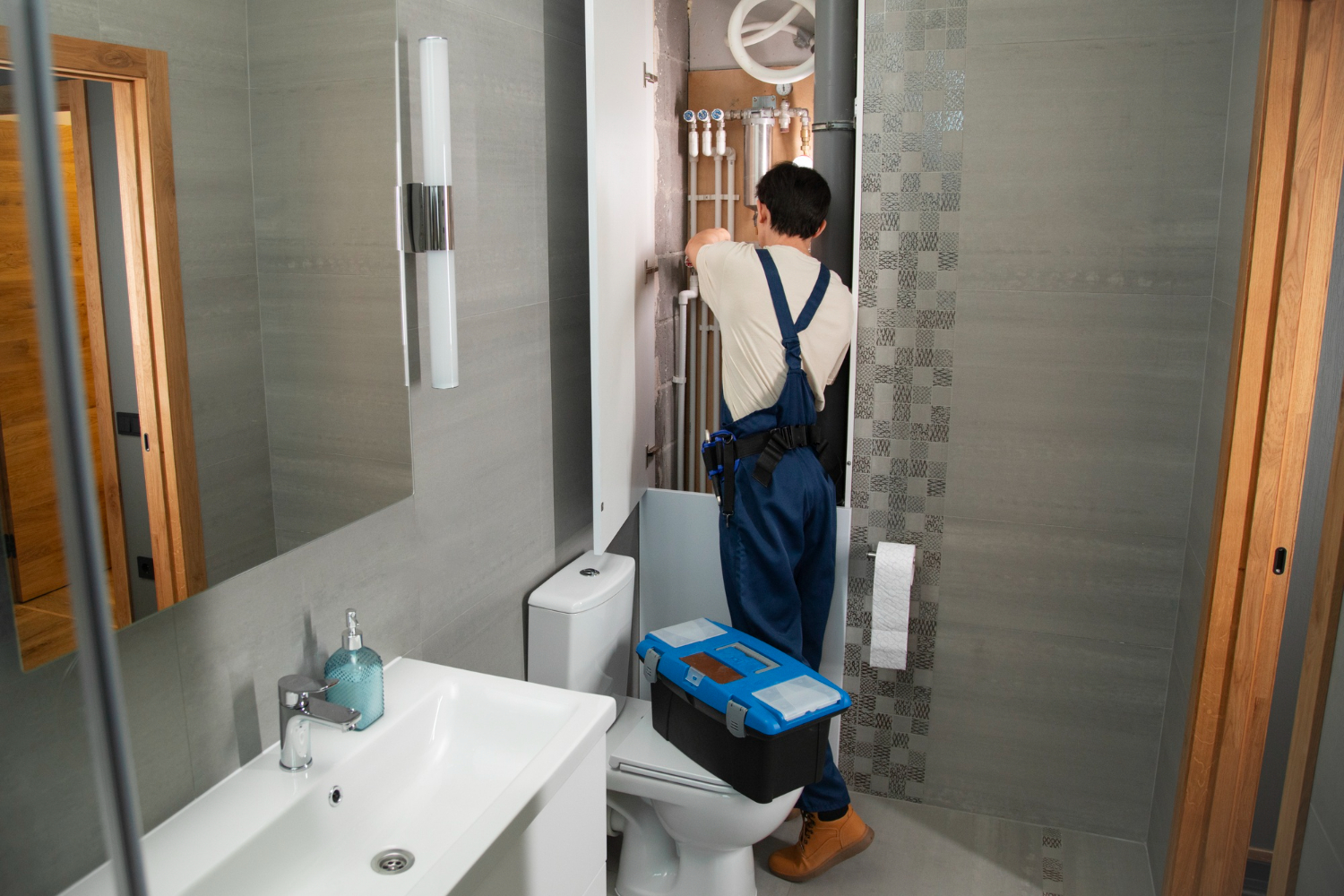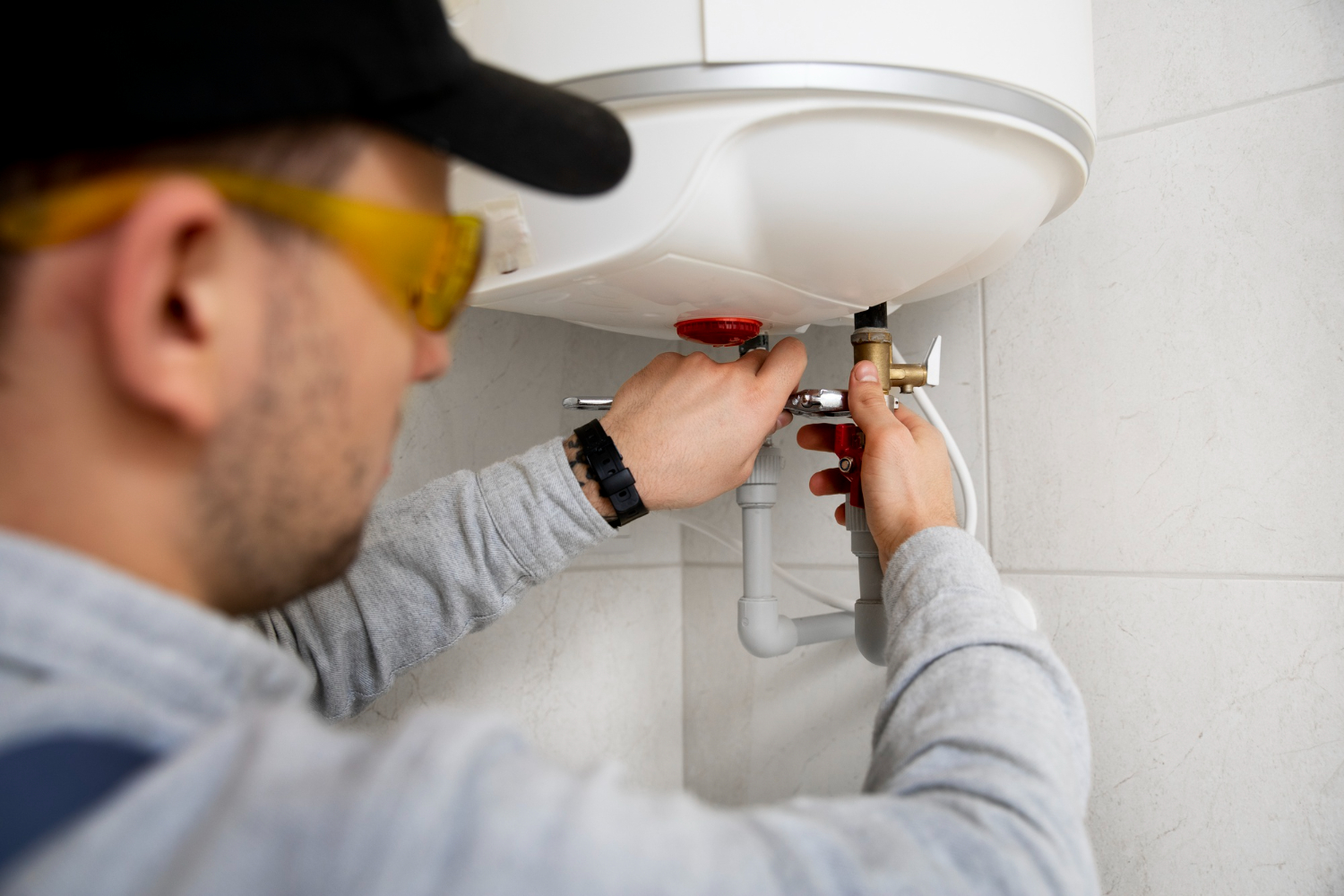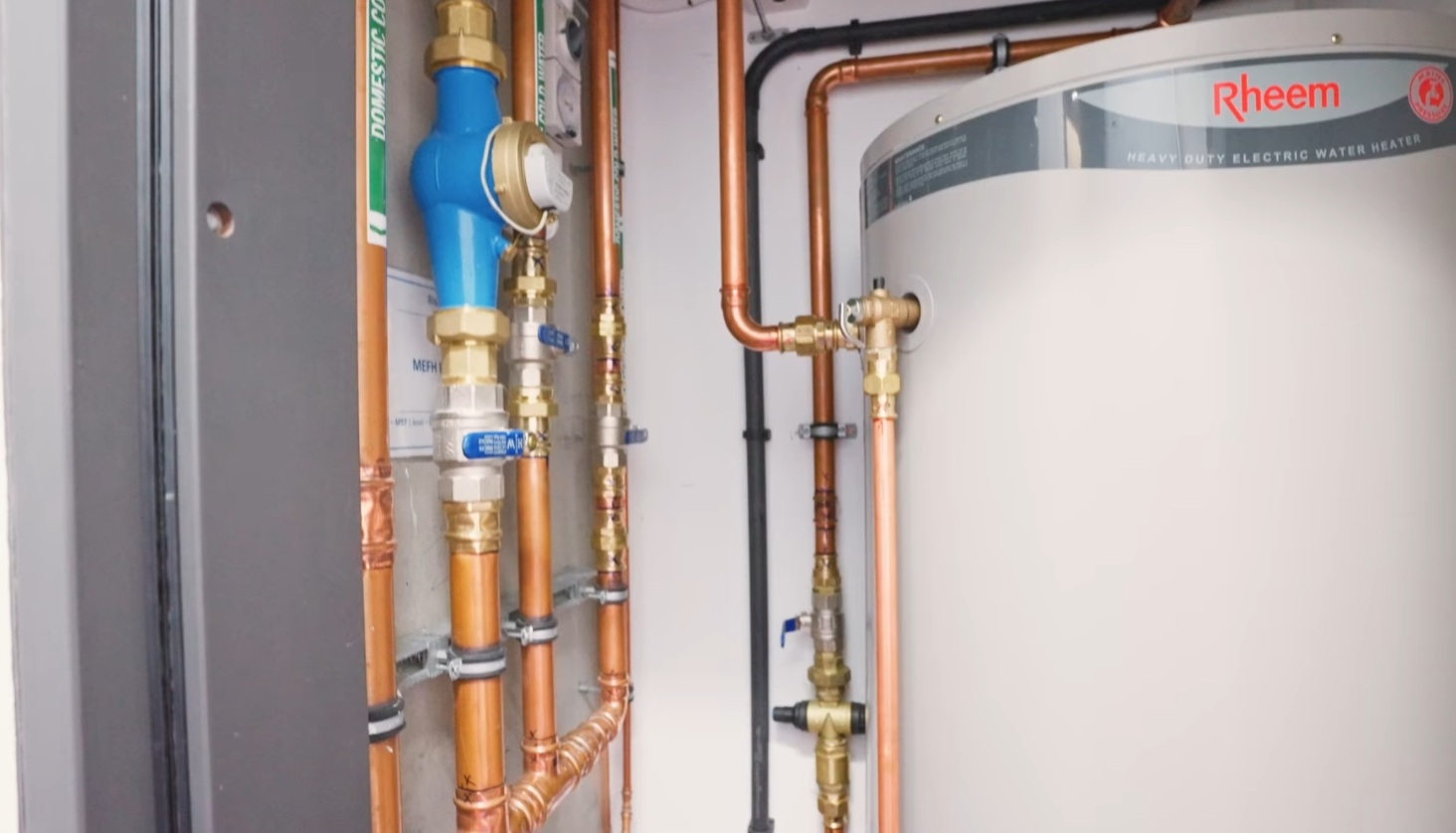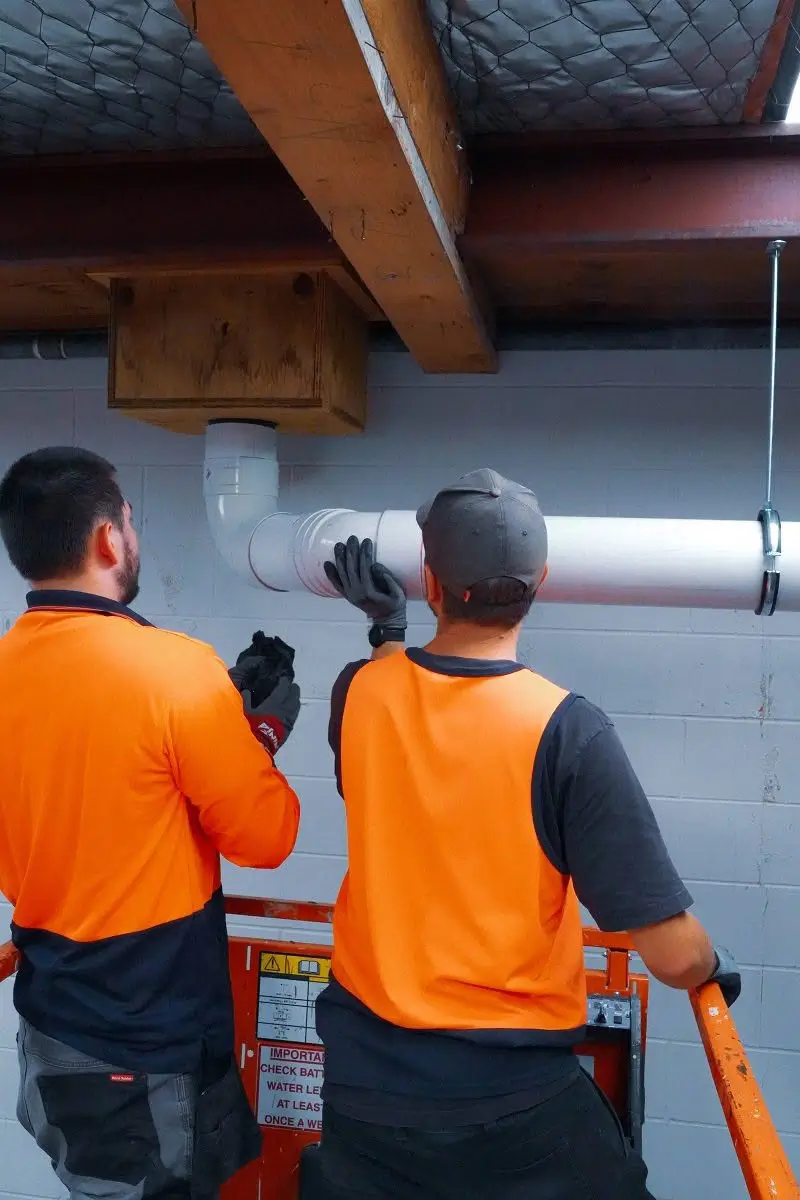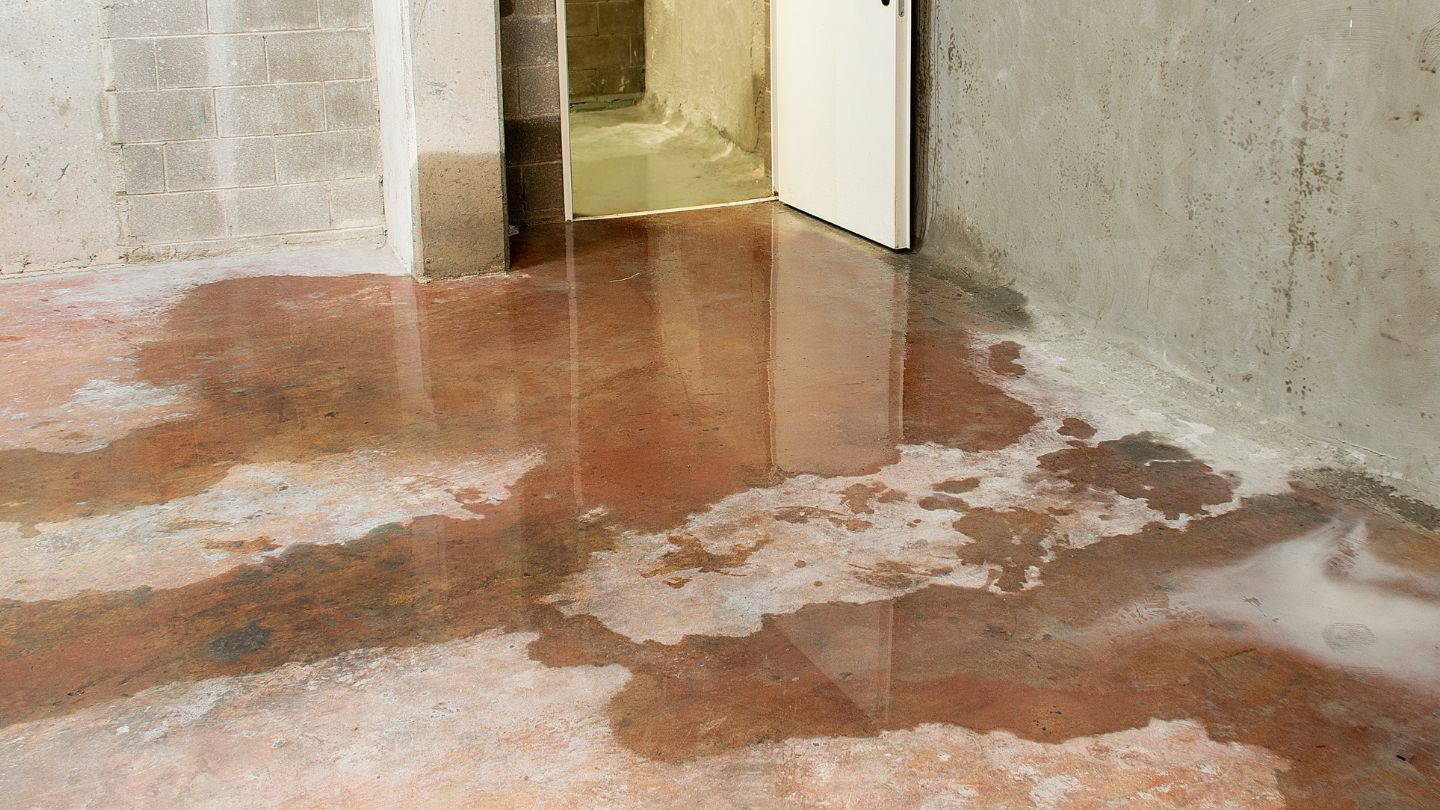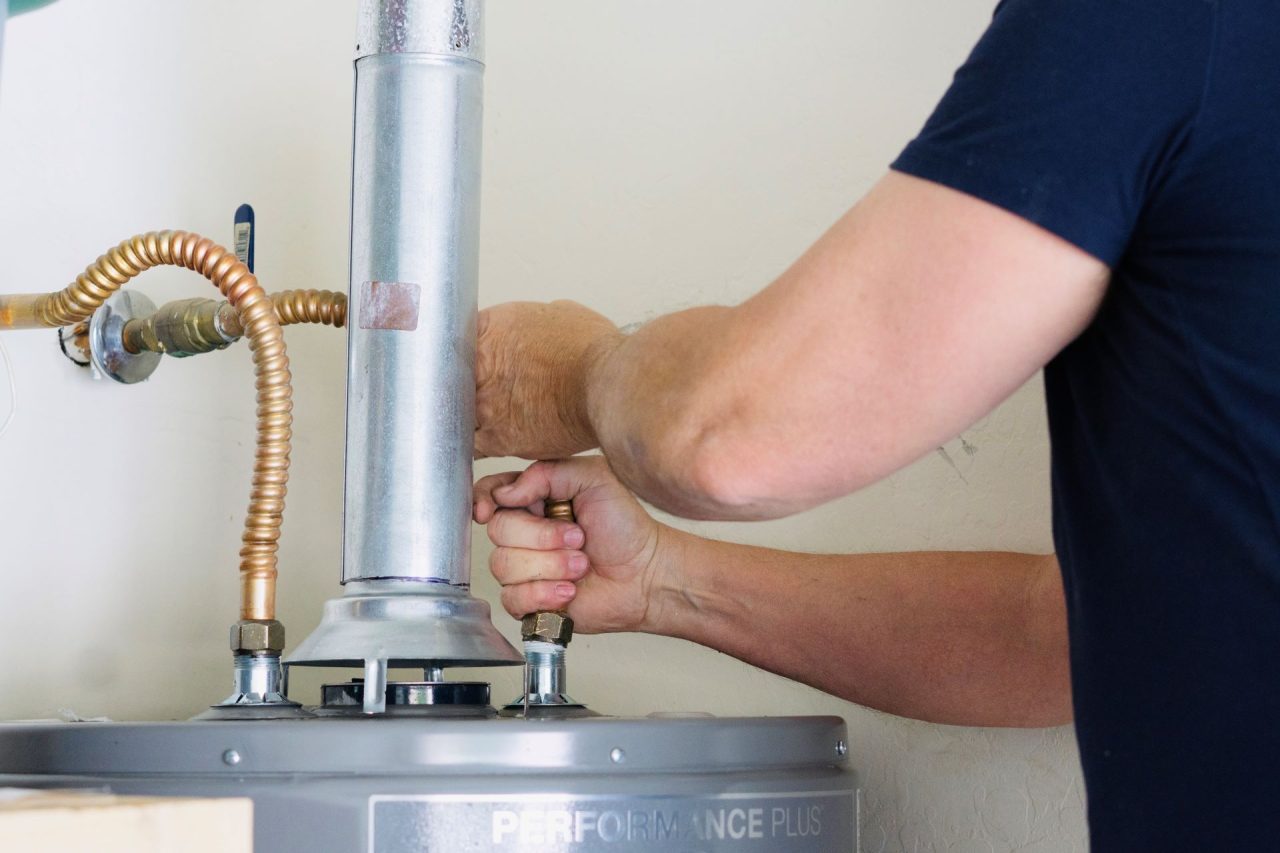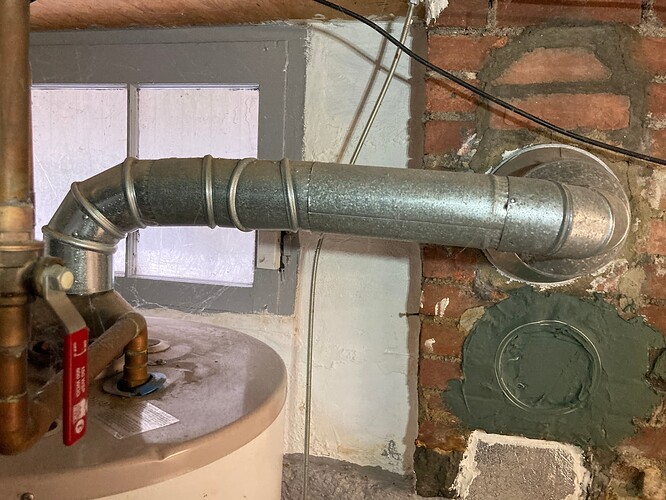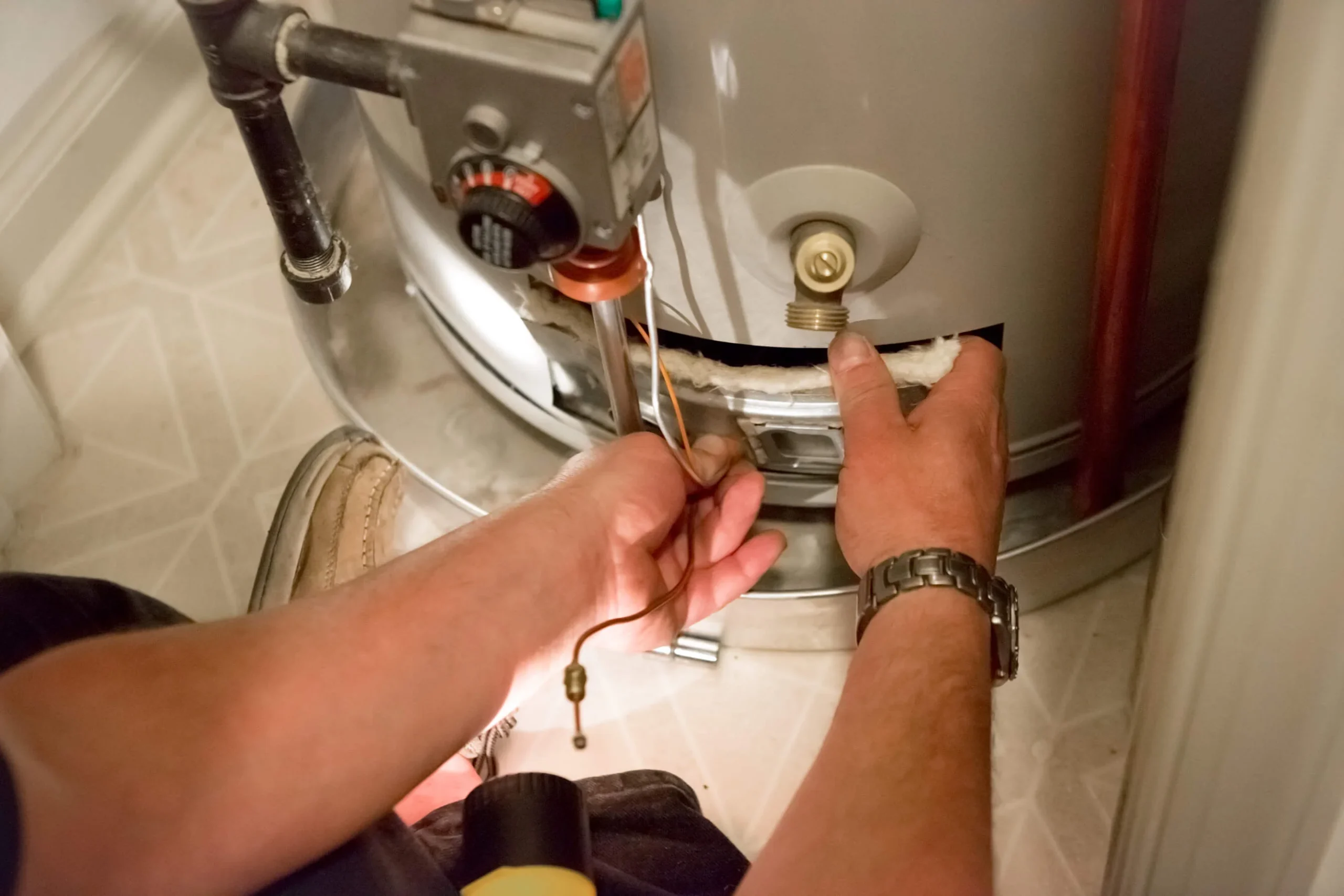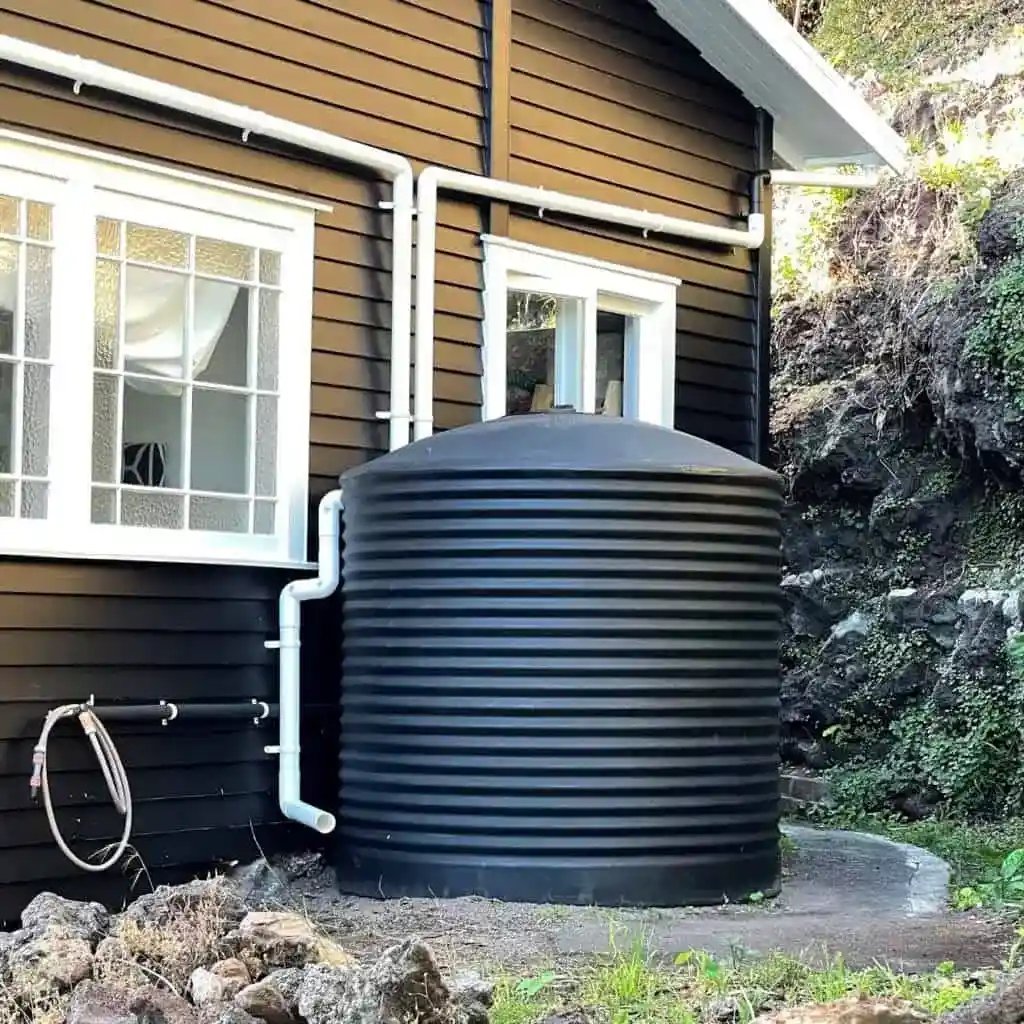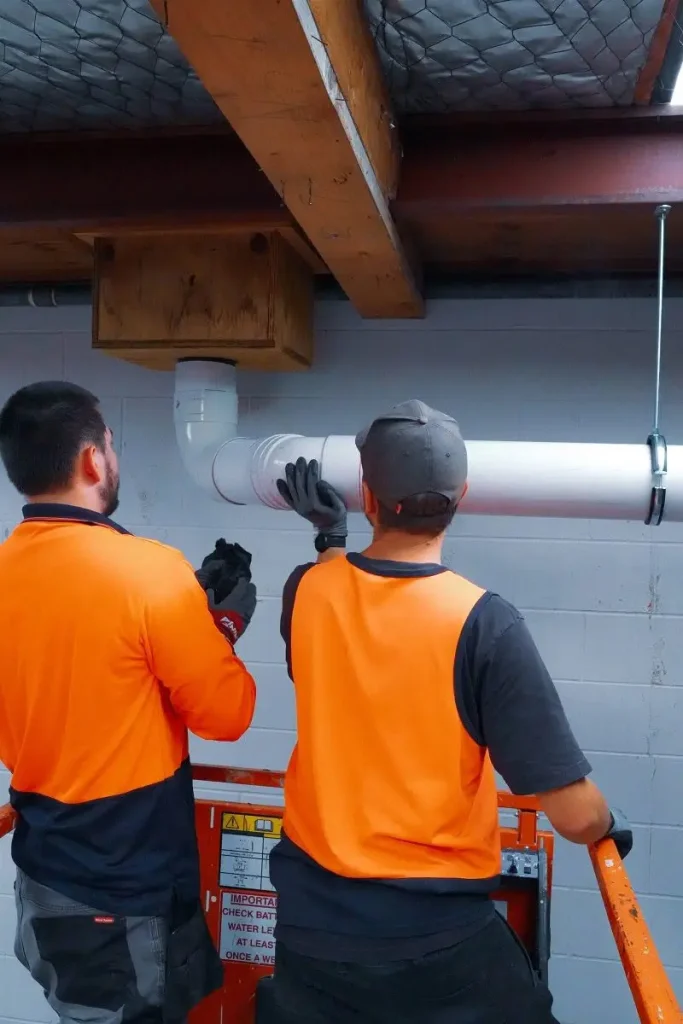If you’ve noticed your shower running cold halfway through or your hot taps losing their usual warmth, you may suspect a worn-out heating element in your hot water cylinder. Understanding the cost to replacement hot water heater element can help you budget efficiently and avoid unexpected cold mornings. In New Zealand, hot water cylinders are a standard household fixture, and when something goes wrong, you want to solve it quickly so your family can stay comfortable and safe. Fortunately, with the right information, you can make confident decisions about part replacements and keep your hot water running smoothly.
Good news: once you learn a few basics about signs, costs, and maintenance, you’ll be in a strong position to plan your next steps. Below, we’ll walk you through the key factors that affect the expense, plus tips for spotting a failing element before it leaves you in an icy shower. Let’s get started.
Recognise the signs of a failing element
When a heating element begins to wear out, you’ll often see subtle (and sometimes not-so-subtle) changes in your hot water supply. Catching these early might save you from a full-blown replacement of the entire cylinder. Here are a few common indicators.
Lukewarm or cold water only
One of the first clues of a deteriorating heating element is having water that never gets fully hot. You may set the thermostat to your usual temperature, but the water remains disappointingly tepid. Often, this happens because the element, which generates the heat, has burned out or can’t draw enough power to heat the water. In fact, mineral buildup around the element can create a barrier and slowly damage its performance.
Rapid temperature swings
Another sign is water that goes scalding hot for a moment, then flips to near-cold without warning. This can indicate a thermostat issue, but it may also point to an element that turns on or off erratically due to corrosion or sediment. If you experience these extremes regularly, it’s time to investigate further.
Breaker trips and inconsistent power
A worn or short-circuited element may cause your circuit breaker to trip each time the cylinder tries to heat. A breaker trip can mean the wiring connections are compromised, or the element itself is drawing too much current. Addressing wiring issues promptly not only helps you hold onto consistent hot water but also keeps you safe.
Visible signs of corrosion or sediment
If you’ve ever removed your cylinder’s access panel, you might see rust-coloured residue or limescale coating the element. This buildup can hamper its performance and shorten its lifespan. Regularly flushing your system can help, as sediment in the bottom of the tank forces the element to work harder than necessary.
Explore your cost factors
Once you confirm your element is on its last legs, the next step is to estimate the total expense. Not every replacement is created equal. Several factors can increase or decrease the overall bill.
- Part cost
- Heating elements themselves can be relatively inexpensive. In some hardware stores, a basic element can cost as little as NZD 20–30. On international sites (like Home Depot), prices range from $0 to $100, but this may vary in local NZ shops.
- Labour fees
- You’ll typically pay for professional installation. Labour can cost anywhere from NZD 150 to NZD 500, depending on accessibility and the plumber’s rates. If the cylinder is tucked away in a tight space, the job might take longer.
- Accessibility and location
- The harder it is to reach the cylinder (like in an attic or behind walls), the more you’ll pay in labour. Some New Zealand homes have cylinders parked in out-of-the-way spots, which can drive up costs by requiring partial disassembly of walls or additional manpower.
- Permits or council fees
- While smaller hot water cylinder repair work may not require special permission, a larger-scale replacement or an upgrade could need a permit or an inspection from your local council. Permit fees often range from NZD 50 to NZD 250, though it varies by region. It’s a good idea to confirm if you need one before you start.
- Insulation upgrades
- You might decide to add or replace a hot water cylinder blanket, which can cost an extra NZD 10–40. This small addition cuts heat loss, meaning your cylinder doesn’t have to work so hard each day.
Below is a quick overview in table form to help you roughly gauge potential costs. Actual totals will vary based on your location and cylinder type.
| Cost factor | Potential range (NZD) | Why it matters |
|---|---|---|
| Replacement element | $20–$100 | Basic part cost for the new heating element |
| Installation labour | $150–$500 | Covering plumber fees, which vary with complexity |
| Permit fees (if applicable) | $50–$250 | Potential cost for council-mandated inspections or upgrades |
| Accessibility add-ons | $100–$200+ | Extra charges for attic, basement, or otherwise tight setups |
| Insulation blanket | $10–$40 | Optional but helps reduce long-term energy costs |
By adding these various pieces together, the cost to replace your hot water heater element can range from a modest few hundred dollars to well over NZD 1,000. If you need a full unit replacement, you’ll face an even broader price range, often going up to NZD 1,566 or more depending on size, fuel type, and model.
Decide when to repair or replace
Now that you have a sense of the cost factors, the natural question is whether to repair or go for a completely new cylinder. While a brand-new system can mean higher upfront costs, it can also be more efficient.
Repair for a quick fix
- If your existing hot water cylinder is relatively new (under 8–10 years old) and the main problem is clearly a single burned-out element, a repair makes sense. Replacing a faulty element can cost anywhere from NZD 150 to NZD 300 for a minor fix.
- Keep in mind that if your cylinder or element is nearing its service limit, a patch-up job might delay the inevitable only briefly.
Replace for long-term benefits
- If you’re experiencing repeated heating element failures, a corroded tank, or steadily climbing energy bills, replacing the entire cylinder may be more budget-friendly in the long run.
- You can explore different models, such as gas, electric, solar, or even tankless systems. Gas water heaters in New Zealand often cost more to install but can save you money on monthly bills when electricity is high. Tankless heaters, meanwhile, offer continuous hot water and can be two to three times more expensive initially, but they may boast better efficiency over their lifespan.
- For a deeper look at total cylinder expenses, check out our guide on hot water cylinder replacement cost nz. This includes considerations like the unit’s capacity, energy rating, and location, which all add up when planning a full swap.
It’s wise to weigh the condition of your current heater against future energy savings. Even if a brand-new cylinder looks like a larger initial investment, improved efficiency might justify the higher price.
Maintain your heater for longevity
Keeping your hot water cylinder in top shape doesn’t have to be complicated. A few simple moves can help your heating element last longer and reduce the risk of unexpected breakdowns.
Flush your cylinder
Sediment and mineral buildup form naturally over time. These deposits force your element to work overtime. A yearly flush, using the drain valve to empty and then rinse the tank, helps remove these deposits. If you haven’t tried it before, our guide on hot to drain a hot water cylinder shows you each step.
Check wiring and thermostat
Every so often, give a quick check to the wiring around the cylinder, looking for fraying or burn marks. A faulty thermostat can also ramp up your energy bills because the heater stays on longer or runs at the wrong temperatures. If you spot serious wear or suspect electrical problems, call a certified professional immediately for safe repairs.
Insulate for better efficiency
Whether you upgrade the element or the entire cylinder, consider adding an insulating wrap to reduce heat loss. This small, one-time expense can keep your system from cycling as often, which prolongs the life of your heating elements.
Monitor for early warning signs
No one wants to lose hot water just when guests arrive for a holiday weekend. Make a quick monthly habit of feeling the water temperature, checking for rust on the outside connections, and listening for odd noises. A few minutes of casual inspection can prevent bigger expenses later.
Next steps for reliable hot water
Replacing a failing heating element is an investment in your home comfort. By weighing the cost to replace your hot water heater element, considering potential added fees like labour and permits, and watching for early warning signs, you’ll stay a step ahead of chilly surprises. If you do end up needing a more extensive fix or a brand-new setup, learning how does a hot water cylinder work gives you a clearer idea of which system best meets your household’s needs.
If you’d prefer professional peace of mind, FlowPro Plumbers and Gasfitters can help you handle everything from assessing your cylinder to completing the replacement. Give them a call when you’re ready to upgrade or simply want an expert opinion. You’ll keep your water comfortably hot, and it might even save you money over the long haul.
Frequently asked questions
- Can I replace my hot water heater element myself?
If you have a valid background in DIY plumbing and the power is safely disconnected, you could technically replace the element. However, a hot water cylinder involves electricity or gas plus pressure and heat concerns. Errors can be costly or dangerous. For peace of mind and code compliance, many people opt for a qualified plumber. - How often do hot water heater elements fail?
A heating element can last anywhere from 6 to 10 years, but factors such as sediment, mineral content, and overall usage can push it to fail sooner. Regularly flushing the tank and monitoring temperature changes can help you catch early warning signs. - What is the difference between electric and gas water heaters?
Electric hot water cylinders use an electrical heating element, while gas units rely on a burner at the bottom of the tank. Gas heaters can cost a bit more initially (sometimes up to NZD 200 extra, according to some sources), but if electricity prices are high, gas might save you in the long term. That said, electric cylinders are often simpler to install. - How can I prevent sediment buildup?
Sediment accumulates naturally, especially in areas with hard water. Flushing your cylinder once a year helps remove the debris. You can also consider installing a water softener if mineral content is high in your region. Keeping an eye on any rumbling noises or trouble regulating temperature will usually alert you to a buildup issue.
Staying informed about your cylinder’s health will ensure you get the best performance for years to come. Small, proactive maintenance steps will stretch your equipment’s lifespan, and if you do need a repair, you now know how to keep the costs in check.
